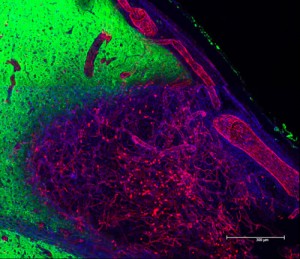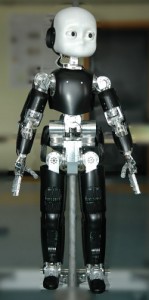Does the earth’s moon have water across its entire body, or only within dark, permanently shadowed craters? It was thought that pockets of ice water could only exist in the shadowed areas, because other areas of the moon are bathed in sunlight. As a result, any ice exposed to the 250-degree heat in those areas, would simply vanish as the water vaporizes into space. However, at the moon’s poles, craters exist that have permanently shadowed floors. These craters may have water ice in them, and LCROSS (the Lunar CRater Observation and Sensing Satellite) is on a mission to discover water in one such crater.

LCROSS will measure the molecules thrown into the air when the Centaur rocket impacts the Cabeus A crater near the lunar south pole on October 9, 2009. LCROSS, too small to make a large enough impact itself, piggybacked onto the Centaur. The two will separate and LCROSS will follow the Centaur by four minutes, recording the results of the larger rocket’s impact. LCROSS will then send those measurements back to mission control. Everyone can watch the live coverage of the impacts on Nasa TV beginning at 3:30 a.m. PDT.
(more…)


 The days of robotic humanoids have arrived, and not all that surprisingly, in the form of a young “child” robot, who is learning in much the same way that human children learn. The
The days of robotic humanoids have arrived, and not all that surprisingly, in the form of a young “child” robot, who is learning in much the same way that human children learn. The